
We use narration and multimedia technology to bring history into your classroom, and render it a much more approachable subject. To date, we have published over 200 animated maps, making us the world’s largest animated online atlas. We also create helpful timelines, which use maps and other documents to put history in context!
Usage: As prepwork before class to introduce the lesson, during class time to enrich and diversify learning, or as a homework exercise
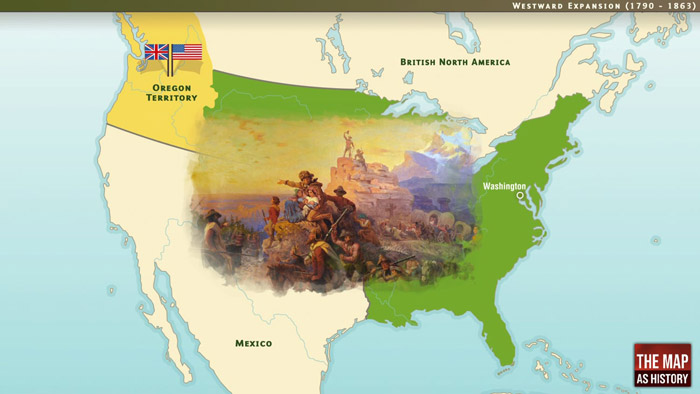
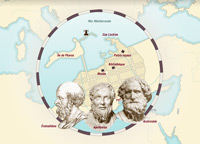
16 animated maps.
Read more
Read less
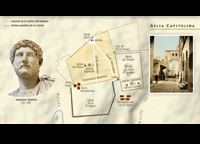
12 animated maps.
Read more
Read less

6 animated maps.
Read more
Read less
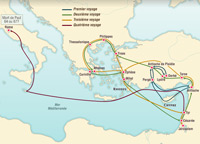
4 animated maps.
Read more
Read less

16 animated maps.
Read more
Read less
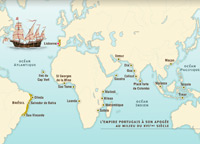
12 animated maps.
Read more
The first colonial empires made a deep impact on the peoples living in these regions, particularly in America and Africa.
Read less
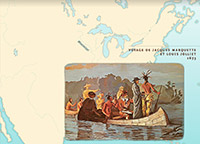
7 animated maps.
Read more
In the second half of the 18th century, the British had obtained control over the most territory on the American East Coast, but they had to face rising discontent from the 13 colonies.
Read less

17 animated maps.
Read more
Read less
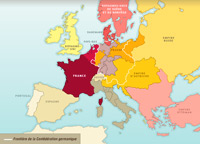
24 animated maps.
Read more
Read less
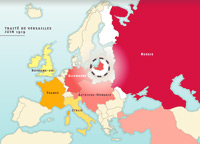
19 animated maps.
Read more
Read less

16 animated maps.
Read more
Read less
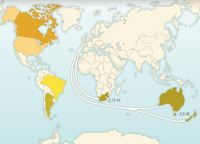
19 animated maps.
Read more
Read less
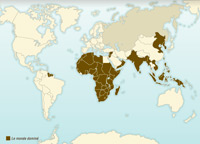
14 animated maps.
Read more
Read less
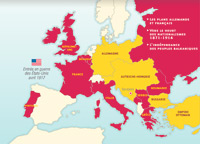
20 animated maps.
Read more
Read less
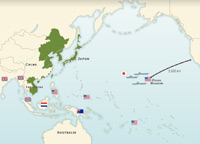
15 animated maps.
Read more
Read less
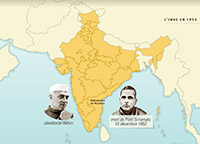
5 animated maps.
Read more
Read less

9 animated maps.
Read more
Read less
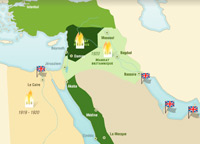
18 animated maps.
Read more
Read less
Renewal Required
Lifetime Access
Simultaneous Access
Multi-School Discounts
Multi-Year Discounts
Content Correlation
Teacher Resources
Renewal Required: You must renew this subscription every year.
Lifetime Access: You only need to purchase this product one time.
Simultaneous Access: More than one person can use this product at the same time.
Multi-School Incremental Discounts: Discounts available if purchasing for more than one school/location. Contact Mackin for discount information at eservices@mackin.com.
Multi-Year Discounts: Discounts available if purchasing for more than one consecutive year. Contact Mackin for discount information at eservices@mackin.com.
Content Correlation: NF=Nonfiction F=Fiction
Internet access and any browser (Chrome, Firefox, Safari, Internet Explorer).